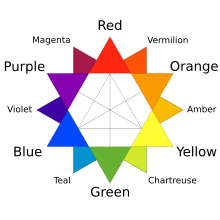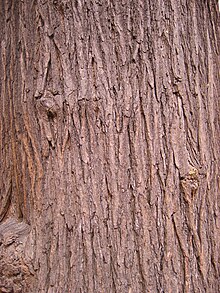design elements
DESIGN ELEMENTS
Design Element is always striving to improve their efforts in product design and customer satisfaction. With Design Element's extensive years of experience in bathroom vanities and as a leader in the industry, they know what it takes to satisfy their customers.
- State-of-the-art packaging to improve delivery standards.
- An extensive catalog of premium grade bathroom vanities, constantly updated with new designs to fit the market trends.
- Products built with the best materials in the market at incredibly affordable prices.
- Design elements are the basic units of any visual design which form its structure and convey visual messages.[2][3]
Painter and design theorist Maitland E. Graves (1902-1978), who
attempted to gestate the fundamental principles of aesthetic order in
visual design,[4] in his book, The Art of Color and Design
(1941), defined the elements of design as Line, Direction, Shape, Size,
Texture, Value, and Color (in that order), concluding that "these
elements are the materials from which all designs are built."[5]
Color
- Color is not the main role in the elements of design[6] with the color wheel being used as a tool, and color theory providing a body of practical guidance to color mixing and the visual impacts of specific color
Color star containing primary, secondary, and tertiary colors.
- Uses
- Color can aid organization to develop a color strategy and stay consistent with those colors.[6]
- It can give emphasis to create a hierarchy to the piece of art.
- It is also important to note that color choices in design change meaning within cultural contexts. For example, white is associated with purity in some cultures while it is associated with death in others.
Attributes
- Hue[6]
- Values, tints and shades of colors that are created by adding black to a color for a shade and white for a tint. Creating a tint or shade of color reduces the saturation.[6]
- Saturation gives a color brightness or dullness, and by doing this it makes the color more vibrant than before.[6]
Line
Line is an element of art defined by a point moving in space. It is probably the most fundamental of the elements of design as it is usually the starting place for much of artistic creation. Lines can be vertical, horizontal, diagonal, or curved. They can be any width or texture. And can be continuous, implied, or broken.Shape
A shape is defined as a two or more dimensional area that stands out from the space next to or around it due to a defined or implied boundary, or because of differences of value, color, or texture.[7] All objects are composed of shapes and all other 'Elements of Design' are shapes in some way.[8]Categories
- Mechanical Shapes or Geometric Shapes are the shapes that can be drawn using a ruler or compass. Mechanical shapes, whether simple or complex, produce a feeling of control or order.[8]
- Organic Shapes are freehand drawn shapes that are complex and normally found in nature. Organic shapes produce a natural feel.[8]
Texture
The tree's visual feelings is represented here in this image.
- Types of texture
- Tactile texture is the actual three-dimension feel of a surface that can be touched. Painter can use impasto to build peaks and create texture.[8]
- Visual texture is the illusion of the surfaces peaks and valleys, like the tree pictured. Any texture shown in a photo is a visual texture, meaning the paper is smooth no matter how rough the image perceives it to be.[8]


nice
ReplyDeletesprbb
Delete